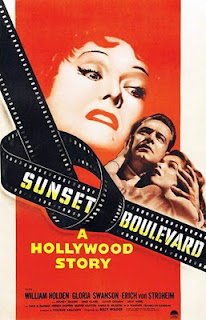 Sunset Blvd./1950/Paramount Pictures/110 min.
Sunset Blvd./1950/Paramount Pictures/110 min.
“You have disgraced the industry that made and fed you. You should be tarred and feathered and run out of Hollywood,” said MGM’s Louis B. Mayer to writer/director Billy Wilder after a screening of “Sunset Blvd.”
In this magnificent skewering of Tinseltown, Gloria Swanson, a real-life silent film star, plays Norma Desmond, a fictional silent film star whom time has forgotten. William Holden is her sometime boyfriend and screenwriter of her comeback script; Erich von Stroheim is her ex-husband and ex-director, now a live-in butler.
Personally, I adore the idea of putting an ex-hubby on the payroll to do all my household chores, in a starched gray uniform, no less! “Sunset Blvd.” is a classic to be watched again and again.





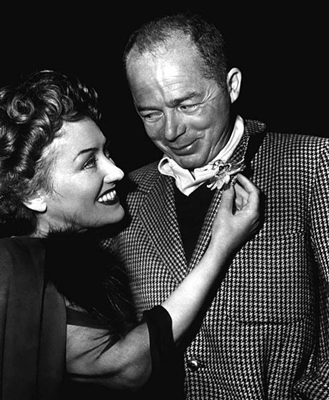
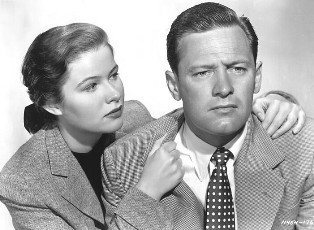



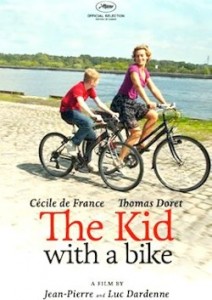
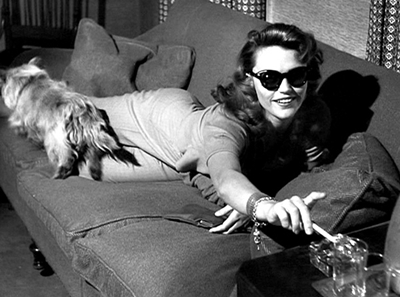
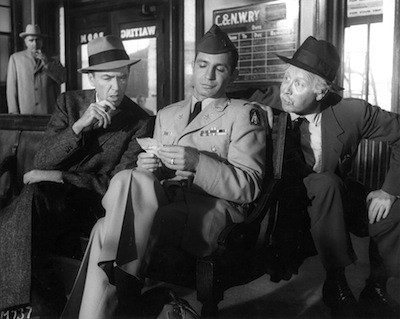
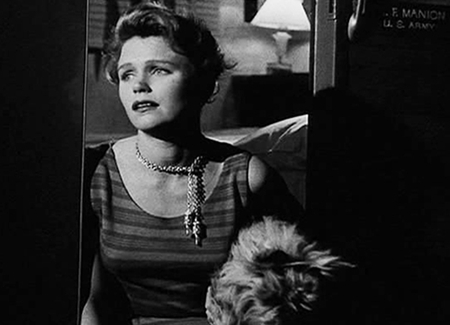
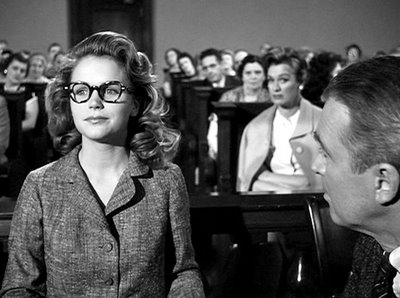
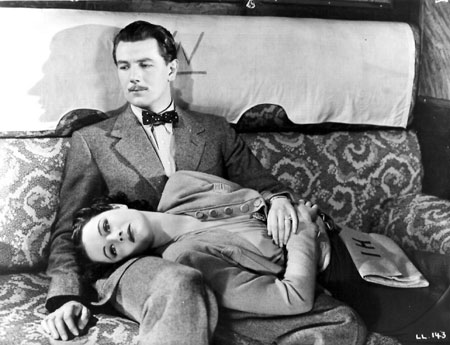
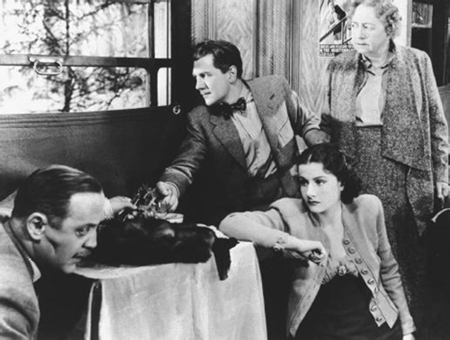

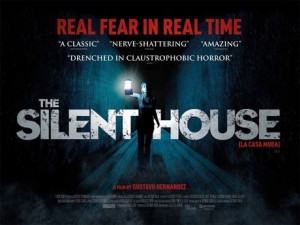

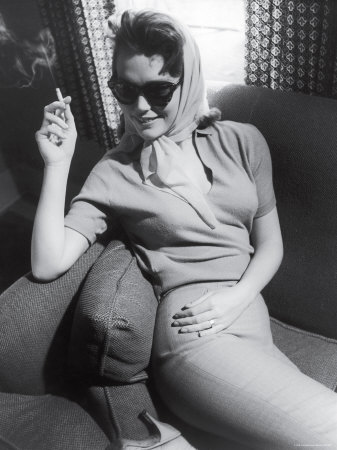
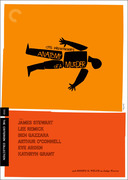





From FNB readers